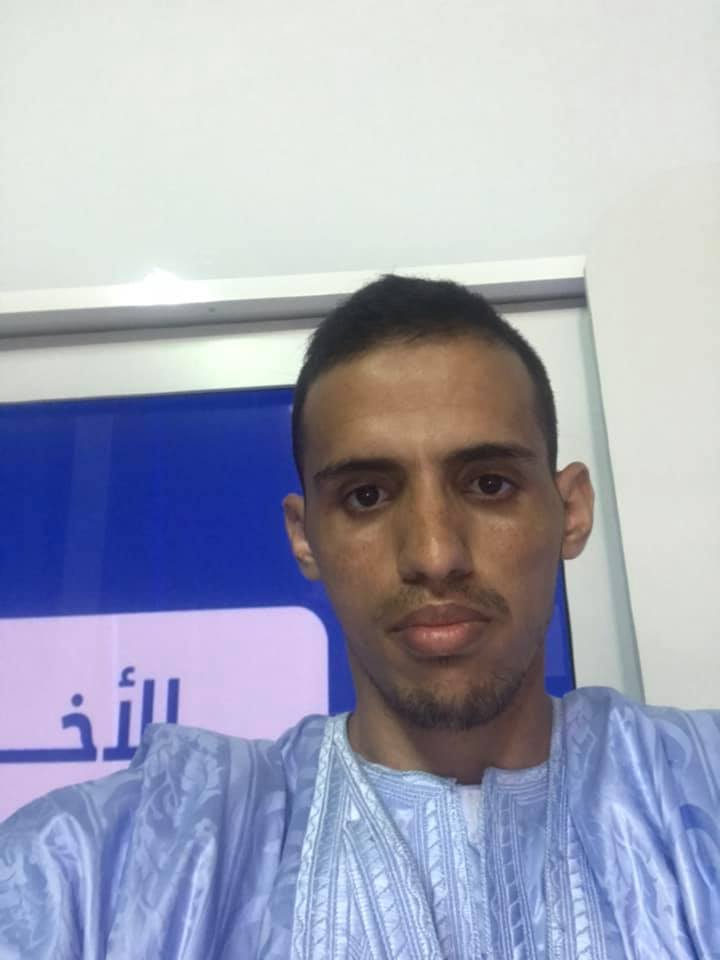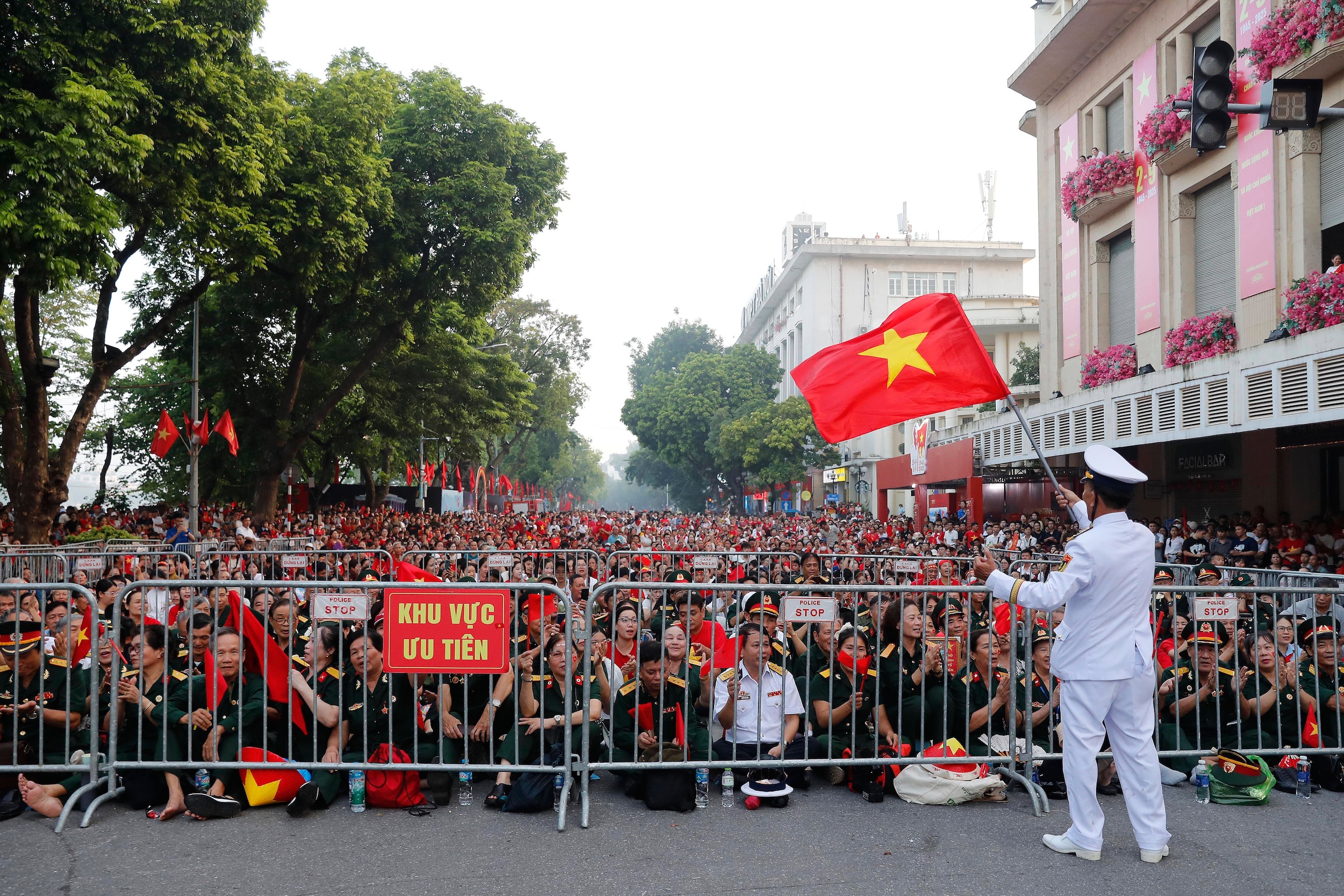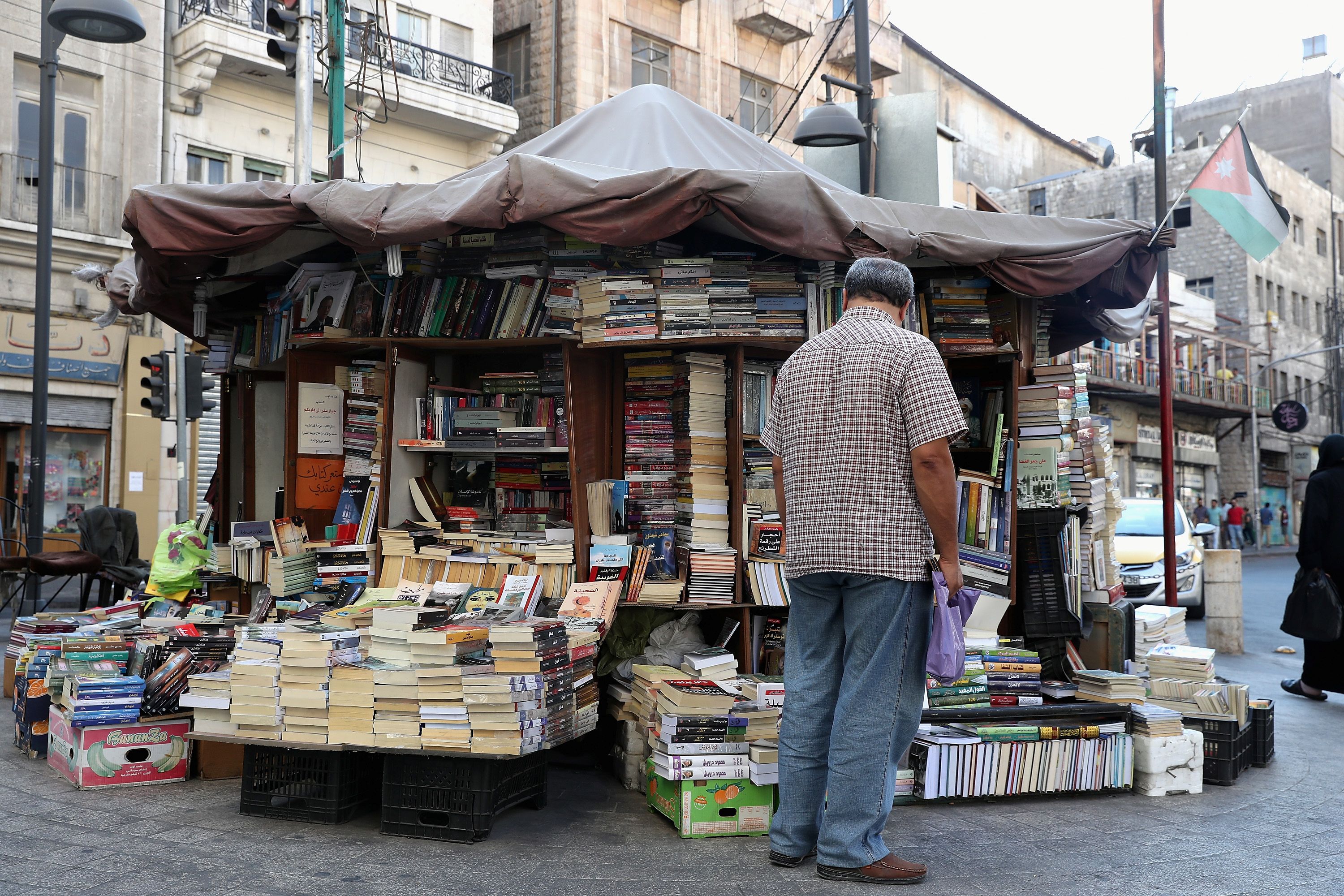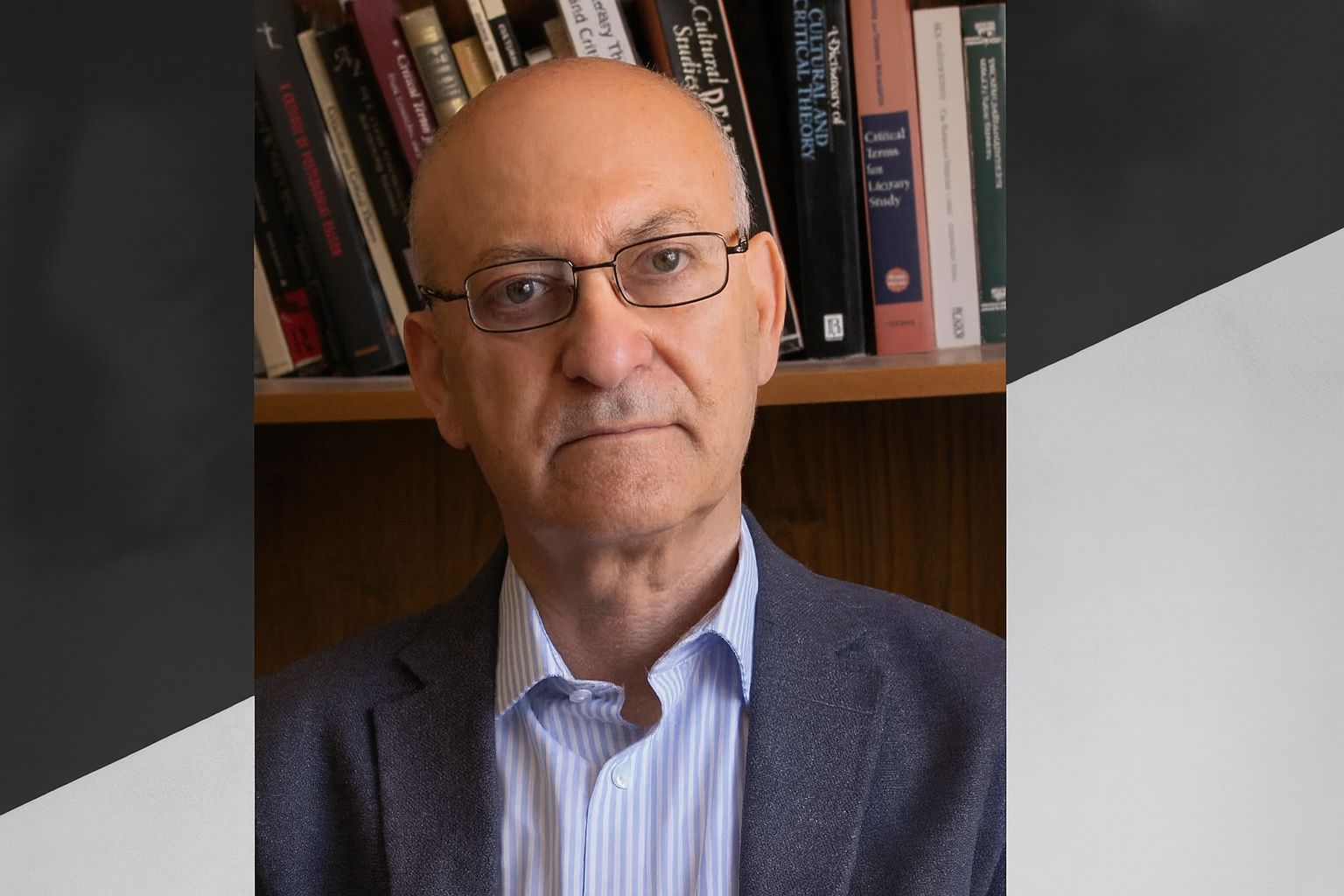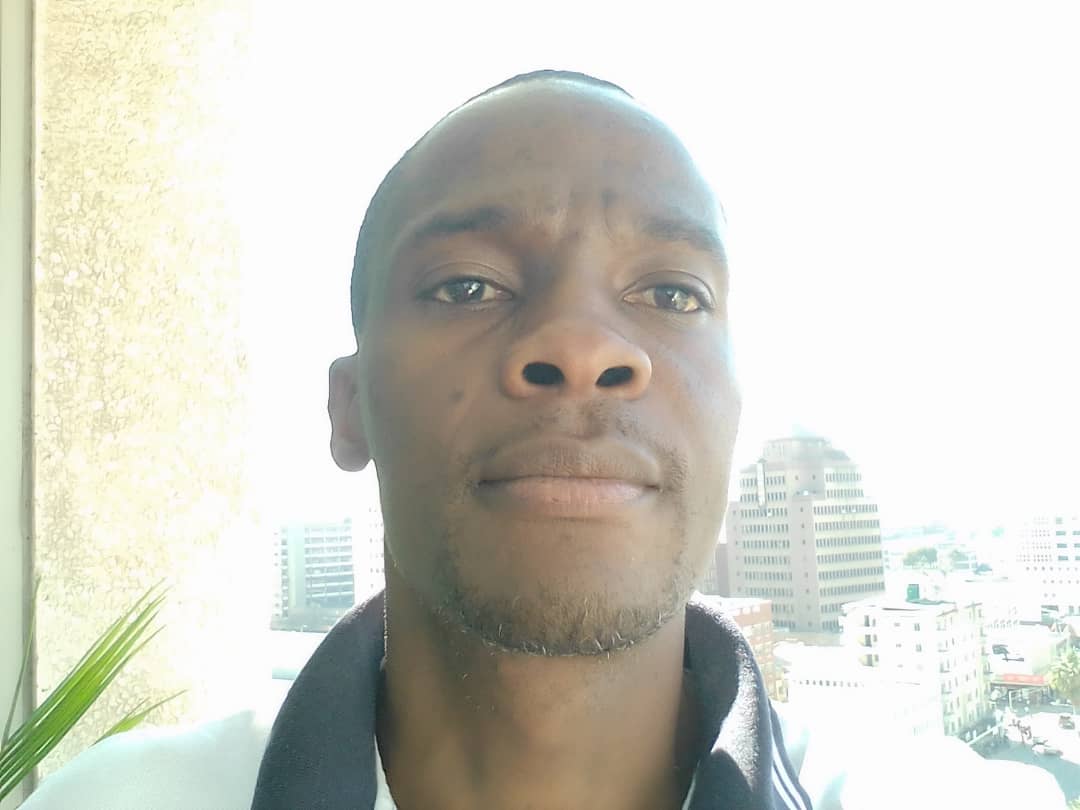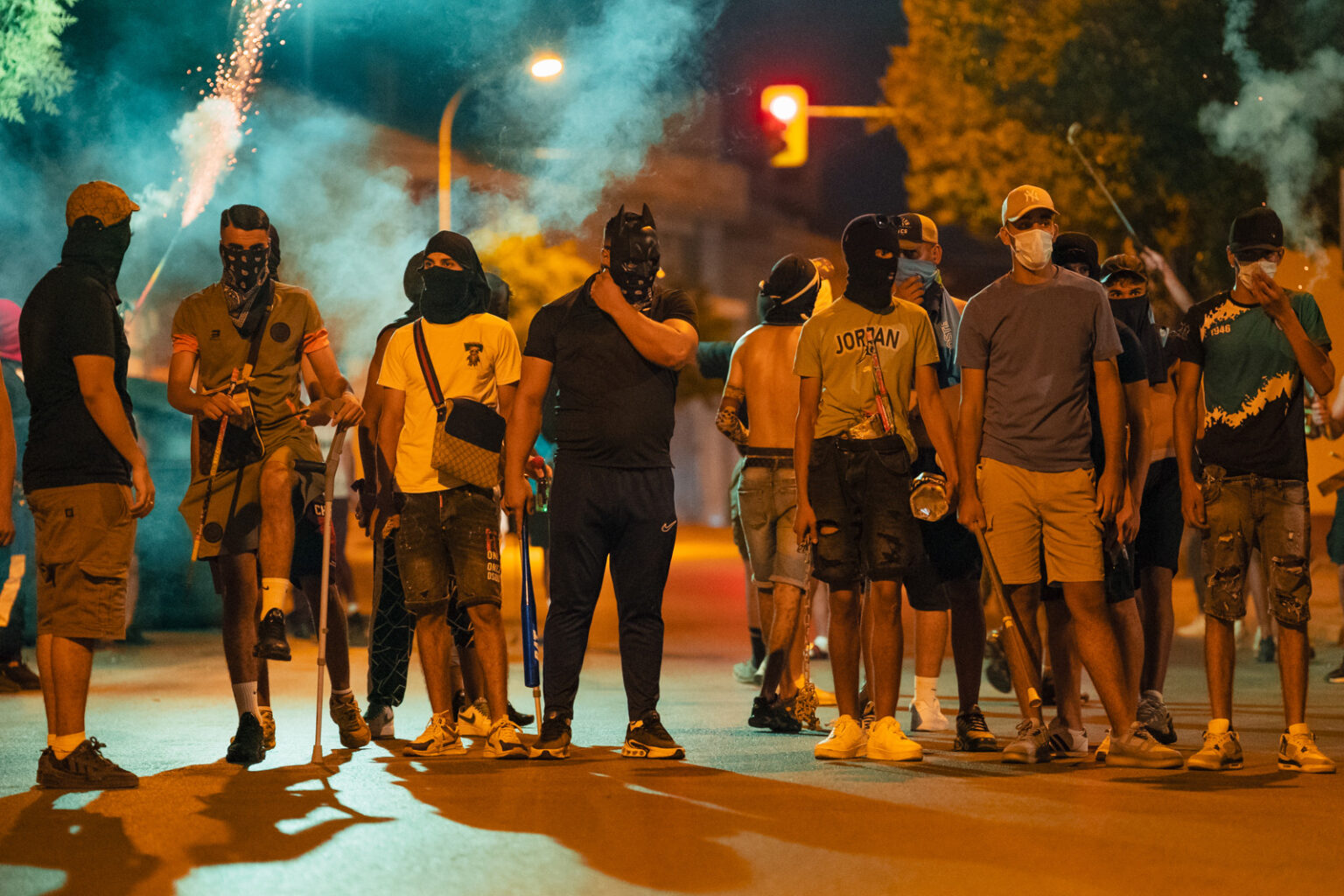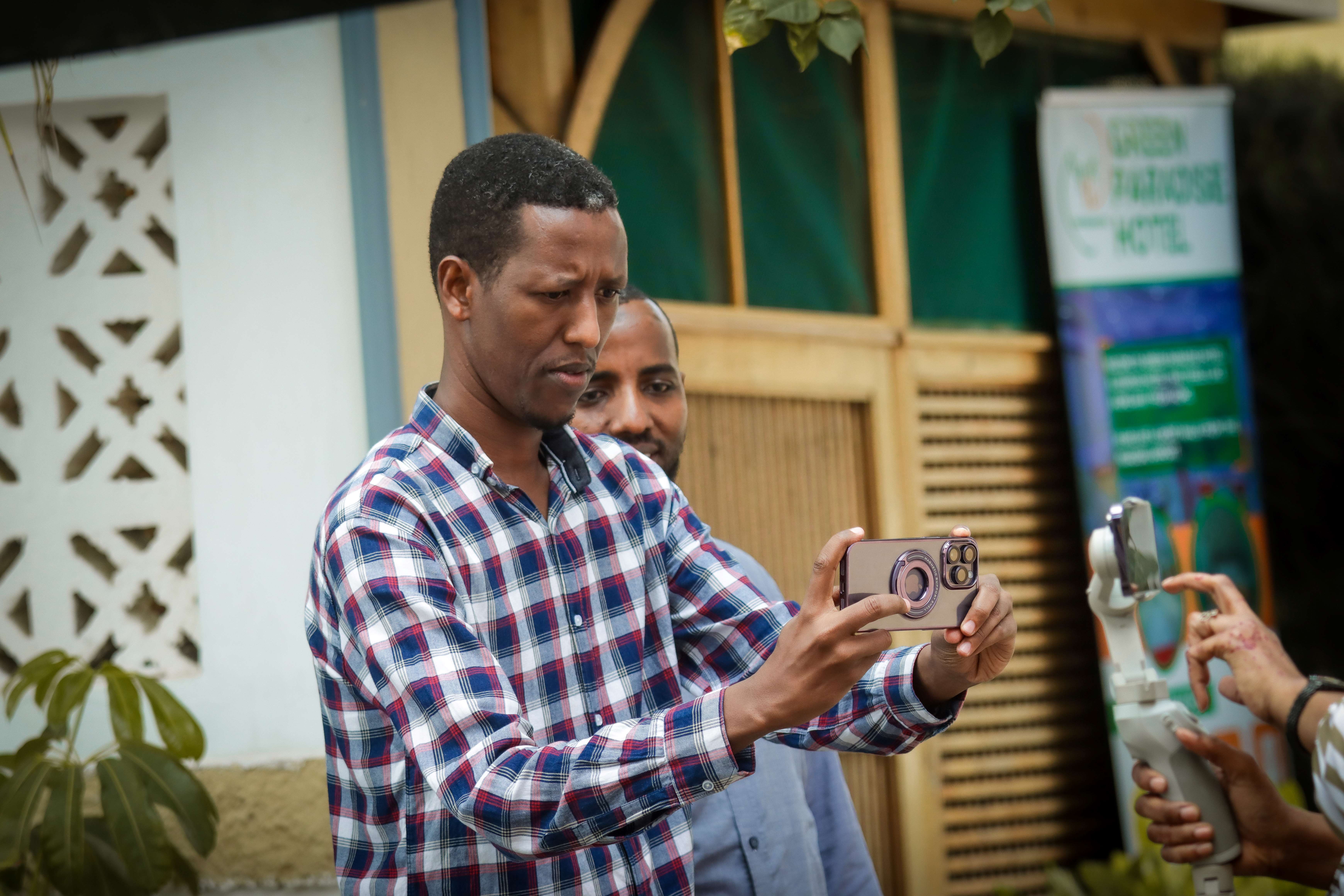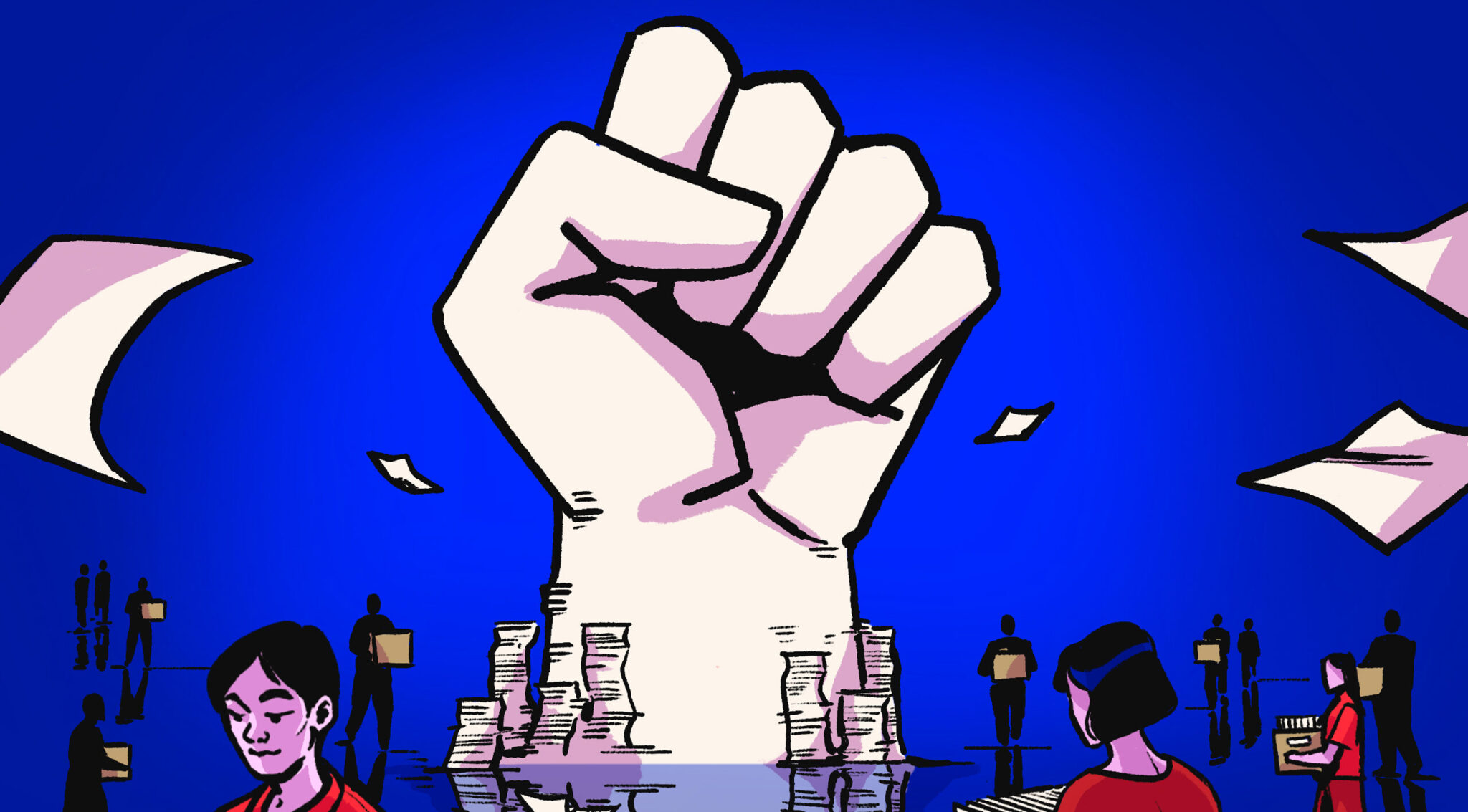لم يكن هناك حديث في العالم بأسره خلال الأسابيع الماضية، يعلو قصة الطفل الراحل "ريان"، الذي شغلت قصته الناس وملأت الدنيا تعاطفا وتضامنا قبل أن يكتب فصلها الأخير المأساوي، بإعلان وفاة الطفل بعد أيام من سقوطه في البئر بإقليم شفشاون شمال المغرب.
ورغم أن قصة الطفل "ريان" نجحت في توحيد الإنسانية، وعززت دور وسائل الإعلام المرئية والرقمية، في التأثير وصناعة الرأي العام حول قضية معينة، فإن القصة حملت في طياتها الكثير من الأسئلة لدى الجمهور المتلقي. فكان السؤال الأبرز: لماذا ريان؟
هناك آلاف الأطفال من اللاجئين وأطفال الحروب الذين يموتون يوميا، وهناك العشرات يسقطون في آبار التنقيب عن الذهب في موريتانيا، دون أن يتحرك ضمير الإنسانية، أو تسلط عليهم الأضواء، كما حدث في قضية "ريان" الذي تَوَحَّد العالم حوله.
هل فرضت وسائل الإعلام أجندتها على الجمهور في قضية "ريَّان"؟
يوم الثلاثاء الثاني من فبراير/شباط وفي منطقة "إغران" الجبلية في إقليم "شفشاون" شمال المغرب، بدأت قصة الطفل "ريَّان"، التي ستصبح إحدى أشهر القصص في العالم لاحقا.
سقط ريَّان في بئر ضيقةٍ كان يلعب بجوارها، وعلى عمق 30 مترا ظلَّ الطفل عالقا لساعات في ظلمة البئر، وكان من الممكن رحيله مباشرةً دون أن تُسمع قصَّتُه، كحال كثيرين، لولا آثار قدمه الموجود بالقرب من البئر، والهاتف الذي تم إنزاله لتصوير الحدث الأبرز في المغرب والعالم خلال بدايات العام 2022. لتتفاجأ الأسرة أنَّ الطفلَ لا يزال حيا، وتبدأ من هناك عمليات الإنقاذ، ومعها حملة التعاطف، والتضامن الواسعة، التي اتسعت أكثر مع اتساع نقل الحدث، وتداول المعلومات حوله ونشر الناشطين لصوره، حتى أصبح "الترند" الأول في المغرب ليل الأربعاء، ليتحول بعدها للحدث الأكثر تداولا في العالم.
لقد تحول الطفل "ريان" ومحاولات إنقاذه للقضية الأولى على المحطات التلفزيونية المحلية المغربية والدولية والعربية ومواقع التواصل الاجتماعي، فشاهدنا قنوات عالمية وعربية، تخصص مساحات في نشراتها لعمليات إنقاذ الطفل "ريان"، وتغطي القضية، كتغطيتها للأحداث الدولية الهامة.
وبالتزامن مع التفاعل العالمي مع قصّة معاناة "ريان "، ظهرت قصة معاناة ثانية لطفل آخر في مدينة "درعا" السورية يُدعى "فوّاز قطيفان"، مع اختلاف الحالة وأسباب المعاناة.
في الحالة الثانية: تعرض الطفل "فواز " للخطف على يد جماعة مسلحة، وظهر الخاطفون في فيديو مصور معلنين أن "فواز" موجود لديهم، مطالبين ذويه بالفديةِ مقابل حياته.
خلقت قصة "فواز" تفاعلا على منصات التواصل العربية، وأحدثت تضامنا واسعا معه بالتزامن مع المتابعة القياسية، التي حظيت بها عمليات إنقاذ الطفل "ريان"، إلا أنَّ قضية هذا الأخير ظلَّت هي الحدث الأبرز في وسائل الإعلام المرئية العربية والدولية على الشاشات ومن خلال البث المباشر على المنصات الرقمية، إلى جانب ضيوف النشرات من فرق الإنقاذ، وتحول الحدث إلى عنوان رئيسي في النشرات الرئيسية لكبرى المحطات العربية والدولية.
وهو ما دفع بعض متابعي الحدث إلى اتهام وسائل الإعلام خاصةً في المغرب والعالم العربي بتضخيم القصة والحدث.
معالم فرضية الأجندة في قصة "ريان"
في عشرينيات القرن الماضي قدَّم عالمُ الاتصال "ولتر ليبمان" نظريته الشهيرة "فرض الأجندة وترتيب الأولويات لدى الجمهور المتلقي"، وتحدث "ليبمان" في كتابه "الرأي العام " عن دورِ وسائل الإعلام المرئية، والمكتوبة، في تحديد أولويات الجمهور المتلقي واهتماماته، والقضايا التي يجب عليه متابعتها، فوسيلة الإعلام بحسب "ليبمان" قد تنجح في جعل المشاهد يتابع حدثا بعينه أو قصة معينة، وتجعله يتفاعل معها، حتى تصبح جزءا من حياته اليومية.
وفي العام 1977 تحديدا قام عالما الاتصال "ماكسويل كومبس" و"دونالد شو" بتطوير نظرية "ليبمان"، حيث قدما لجمهور علم الاتصال الجزء الأهم من نظرية "ترتيب الأولويات وفرض الأجندة، مفترضين أنّ وسائل الإعلام تقوم بدور الحارس على بوابة المعلومات التي تتدفق يوميا، فيتم انتقاؤها، قبل أن تصل للجمهور المتلقي، ثم في مرحلة "الانتقاء"، تحديد القضايا التي تقدم للجمهور، ويتم إقناعه بها، وجعلها أولوية لديه من خلال المتابعة والتفكير فيها.
تقول نظرية "ترتيبات الأولويات" بأن وسائل الإعلام لا تستطيع أن تقدم كل ما يجري في المجتمع، إنَّما يختار القائمون على هذه الوسائل بعض الموضوعات التي تثير اهتمامات الناس وتجعلهم تدريجيا يدركونها، ويفكرون فيها، وينتابهم القلق بشأنها، وبالتالي تمثل لدى الجمهور أهميةً أكبر نسبيا مقارنة بالموضوعات الأخرى التي تطرحها وسائل الإعلام.
تابعنا في العقد الأخير العديد من القضايا التي سلِّطَ عليها الضوء وأصبحت حدثا بارزا، تفاعل معه العالم بأسره، مثل: صور الطفل السوري "إيلان " الذي ماتَ غرقاً أثناء محاولة عائلته الهجرة عبر الشواطئ التركية اليونانية، في ديسمبر/كانون الأول 2015، فعلى الرغم من وجود عشرات الضحايا في نفس التوقيت والحالة والظرفية، فإن الاهتمام الأكبر حينها كان من نصيب صورة الطفل "إيلان".
وفي موريتانيا وخلال الأشهر الأخيرة سقط قتلى من المنقبين عن الذهب بسبب انهيار الآبار، ومر خبر الموت عاديا في الصحف والمحطات والمنصات الرقمية العربية دون تفاعل معه.
مع ظهور المنصات الرقمية خاصة موقعي فيسبوك وتويتر والتطور الكبير الذي حدث مؤخرا لوسائل الإعلام، بات الجمهور يلعب دورا كبيرا في التغطية الإعلامية للأحداث، بل أصبحنا نشاهد برامج تفاعلية مخصصة للأحداث التي تفاعل معها الجمهور مثل برنامج "نشرتكم" على قناة الجزيرة وبرنامج "تريندنع" عبر قناة البي بي سي العربية.
مع بداية انتشار فيروس كورونا بمدينة "ووهان" الصينية، لم تكن التغطية الإعلامية للحدث بنفس الدرجة في شهري فبراير ومارس 2020 على الشاشات العربية والدولية مثلا، فقد كان لموقعي فيسبوك وتويتر والمدونين السبق في التغطية طوال الأشهر الأولى، من خلال الصور والفيديوهات المتداولة من ووهان الصينية، قبل أن تلتحق بهم المحطات الدولية في شهري مارس وفبراير 2020، فقد تحول الخبر من خبر عادي قبل أن يهيمن على نشرات الأخبار.
وفي قضية الطفل "ريان" نجحت الكاميرا التي أنزلت للبئر في دفع الشارع المغربي للتعاطف مع الطفل، ثم نجحت منصات التواصل الاجتماعي المغربية خاصة "فيسبوك" في تحويل القصة إلى حدث عالمي من خلال الاهتمام الواسع الذي أولاه المدونون المغاربة والعرب لقضية الطفل "ريان"، ليتحول في اليوم الثاني من الحادثة إلى أيقونة عالمية، وتتجه أنظار العالم والمحطات إلى ذلك البئر بإقليم "شفشاون" المغربي، فالبداية الفعلية للحدث وصناعته كانت جماهيرية بالدرجة الأولى قبل أن تكون إعلامية.
في كتابه "سيكولوجية الاتصال والإعلام" يُقدّم لنا أستاذ علم النفس بكلية الآداب جامعة الإسكندرية الدكتور عبد الفتاح محمد دويدار لمحة عن مدى تأثير الجمهور والرأي العام في العملية الاتصالية التي تقوم بها وسائل الإعلام بمختلف أشكالها. يرى الكاتب بأن المتحكمين في وسائل الإعلام والدعاية، يميلون إلى الجمهور المقتنع بالفكرة التي تعرض عليه أصلاً، وينفرون من الجمهور الذي قد لا يرحب بالفكرة التي تعرض عليه، فالجمهور الذي يتعرض للمادة الاتصالية هو في الغالب مقتنع بها أصلا. فالمستمعون لرجال الدين مثلا هم في الغالب من المتدينين، والمستمعون لرجل السياسة هم في الغالب من أنصاره..
وكذلك القصص الإنسانية التي تُعرض ويتم تداولها تجد تفاعلا فطريا، فالتعاطف الإنساني والفطرة الإنسانية التي تميل لحب الأطفال خصوصا هي من حركت الشعور المتضامن مع الطفل "ريان"، وجعلت منه أيقونة ومن قصته أسطورة يتناقلها الناس في كل مكان، وهو ما دفع وسائل الإعلام في العالم بمختلف أشكالها لتسليط الضوء على قصة "ريان"، إرضاء للجمهور المتلقي ومتابعة لاهتماماته.
العناصر الخبرية المتوفرة في "قصة ما" ترجح كفتها على قصص أخرى من ناحية التغطية الإعلامية بمنطق منتجي النشرات والأخبار والبرامج، فإن الحدث البارز يفرض نفسه على الصحفيين وعلى الجمهور، كما أن هناك عناصر خبرية هي التي تجعل من خبر ما قصة ملهمة للجمهور المتلقي، مثل: عنصر الجدة والضخامة والإثارة والتشويق، وعنصر الغرابة، والجانب الإنساني للقصة ونوعية عناصر القصة (أبطالها)، ويأتي الأطفال في المرتبة الأولى.
في قصَّة الطفل "ريان " توفر عنصر "الإثارة والتشويق"، ممثلا في عمليات الإنقاذ المستمرة، والترقب لما سيحدث على مدى خمسة أيام، ما زاد من تعاطف الجمهور مع القصة.
كما توفر الجانب الإنساني في القصة من خلال خطر الموت الذي يهدد الطفل الصغير، وكذلك مشاعر أمه وأسرته في تلك اللحظات وكيف كانت قلوبهم تتقطع مع كل لحظة.
ثمة أيضا جانب "الغرابة" من خلال عمق البئر التي سقط فيها الطفل "ريان"، وبقي على قيد الحياة طوال يومين دون ماء ولا طعام، وطريقة حفر البئر للوصول إليه، وهي عناصر رجحت كفة قصته وجلبت لها اهتمام العالم جمهورا وإعلاما.
وفي قصة الطفل السوري "فوّاز" حضر عنصر الجانب الإنساني لأنه تعرض للخطف وطلب الفدية، في نفس الوقت لم تكن قصص الاختطاف جديدة فهي تحدث يوميا في دول العالم خاصة الإفريقية منها.
ومن خلال ما سبق يمكن القول إن القصص الإنسانية في الغالب تفرض نفسها على الجمهور المتلقي، وإن الحدث البارز يفرض نفسه من خلال عمليات التفاعل الجماهيري الضخمة معه، وهو ما يحدد طريقة تعامل وسائل الإعلام مع حدث بعينه وحجمه في التغطية اليومية.
ولا يمكننا أيضا أن نغفل جانب "الإعلام الجديد" واهتماماته، ممثلا في مواقع التواصل الاجتماعي خاصة فيسبوك، ودوره في تحديد مدى أهمية الحدث بالنسبة لوسائل الإعلام، والطريقة التي تتناول بها تلك الوسائل حدثا بعينه وتهمل أحداثا أخرى قد تكون مشابهة وإنسانية.
